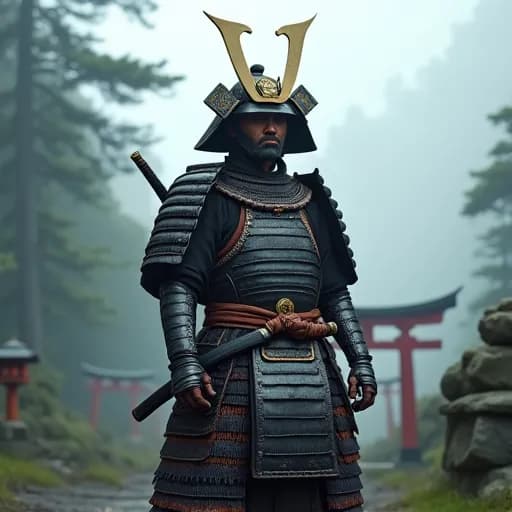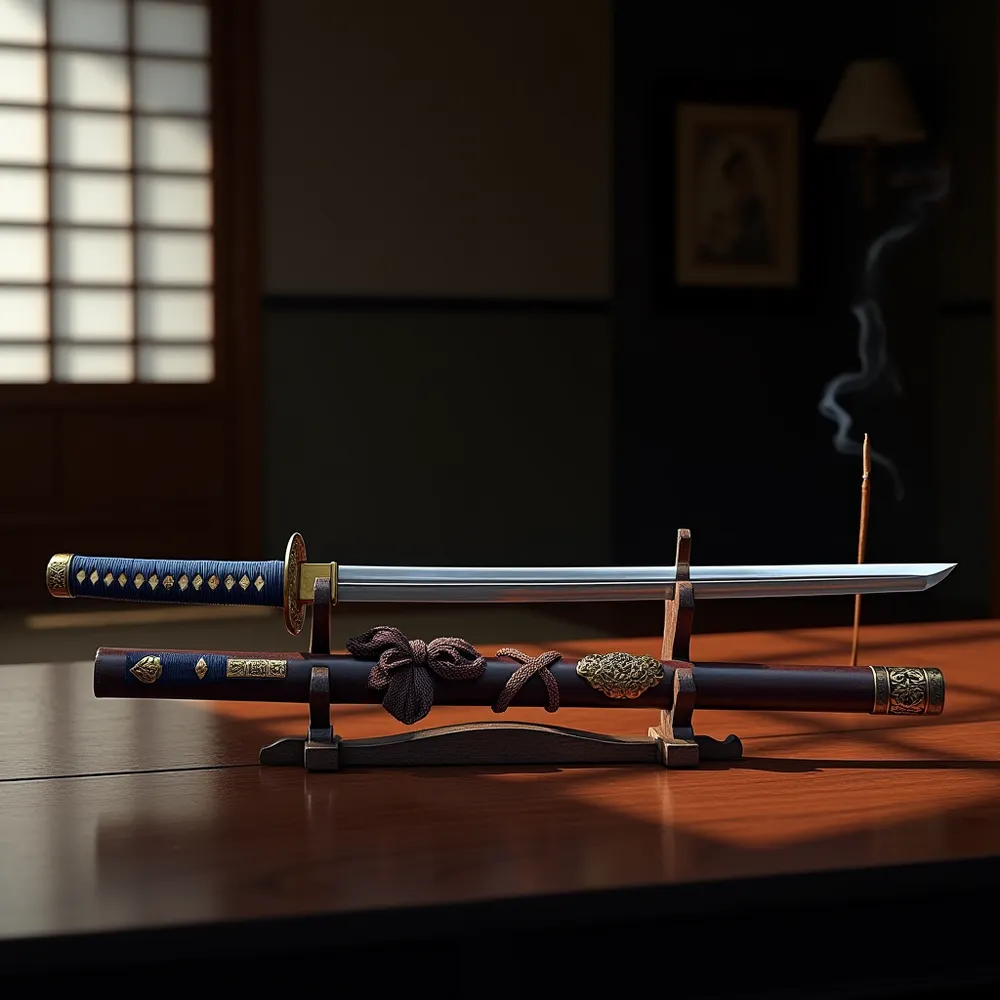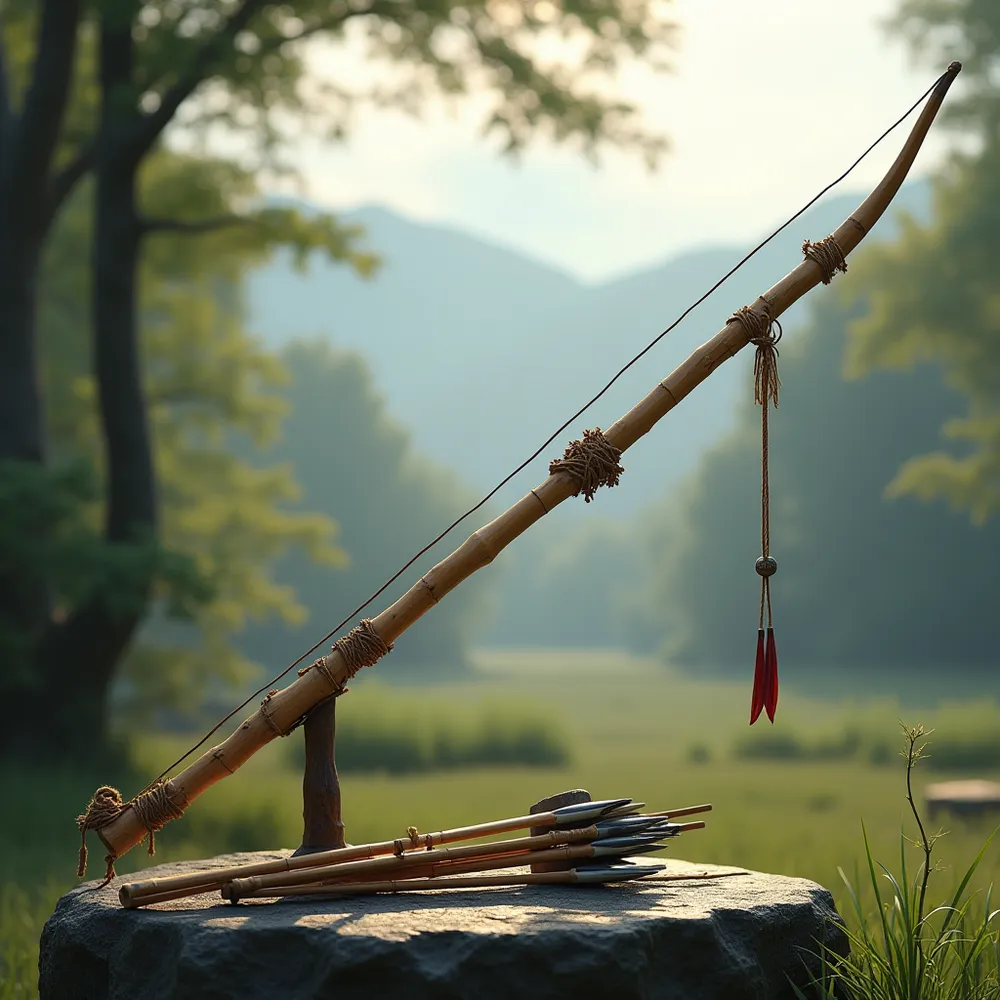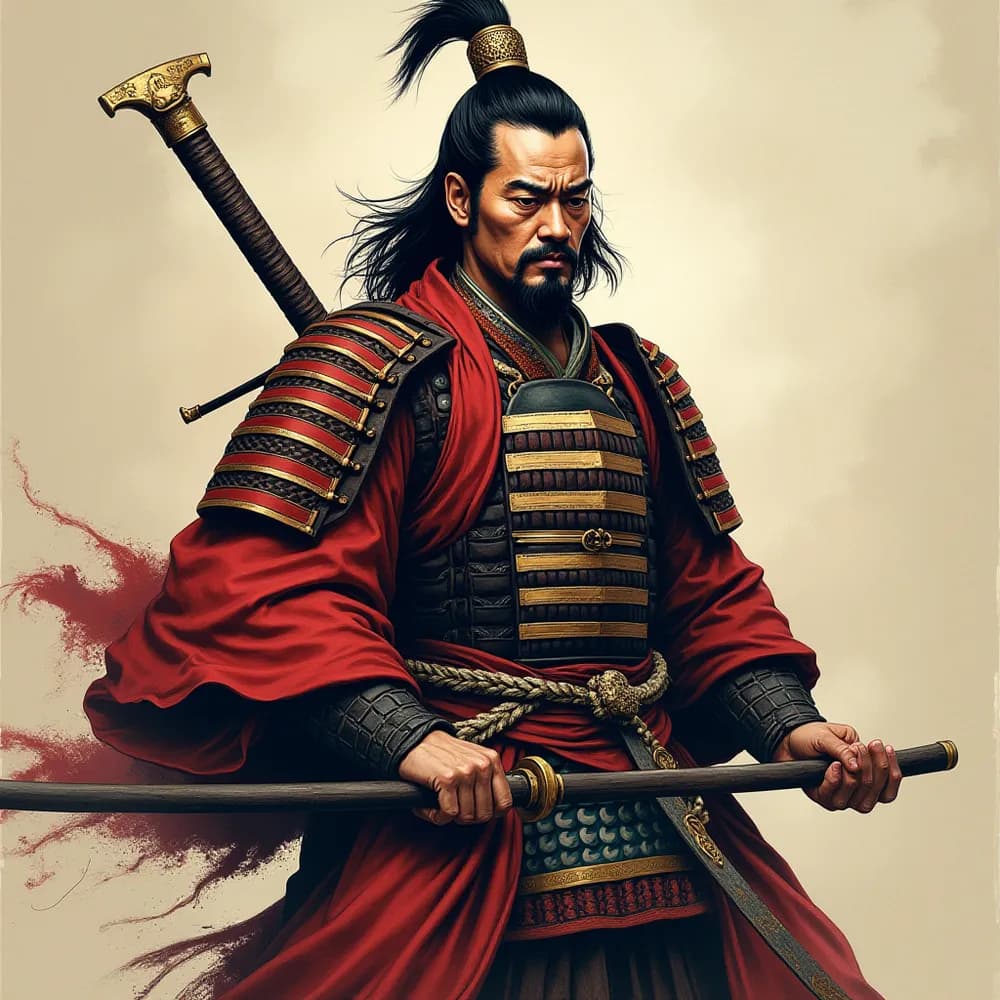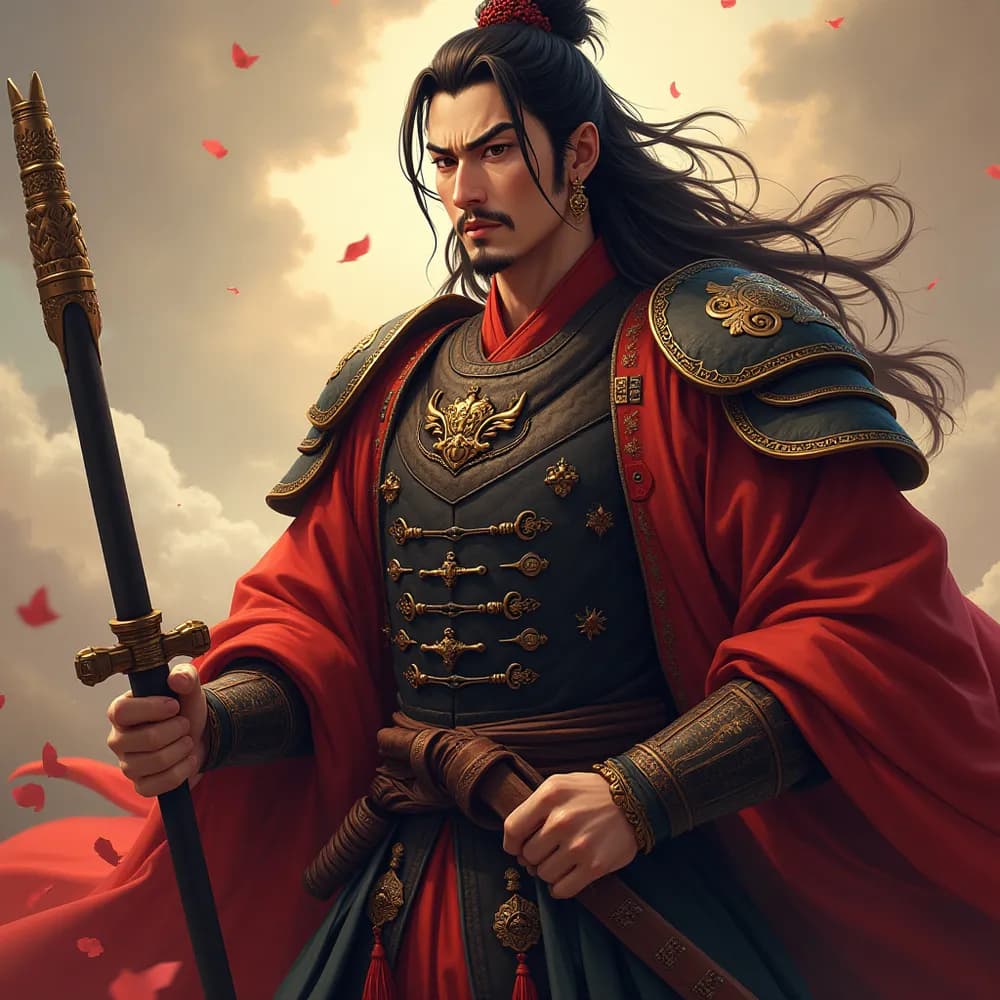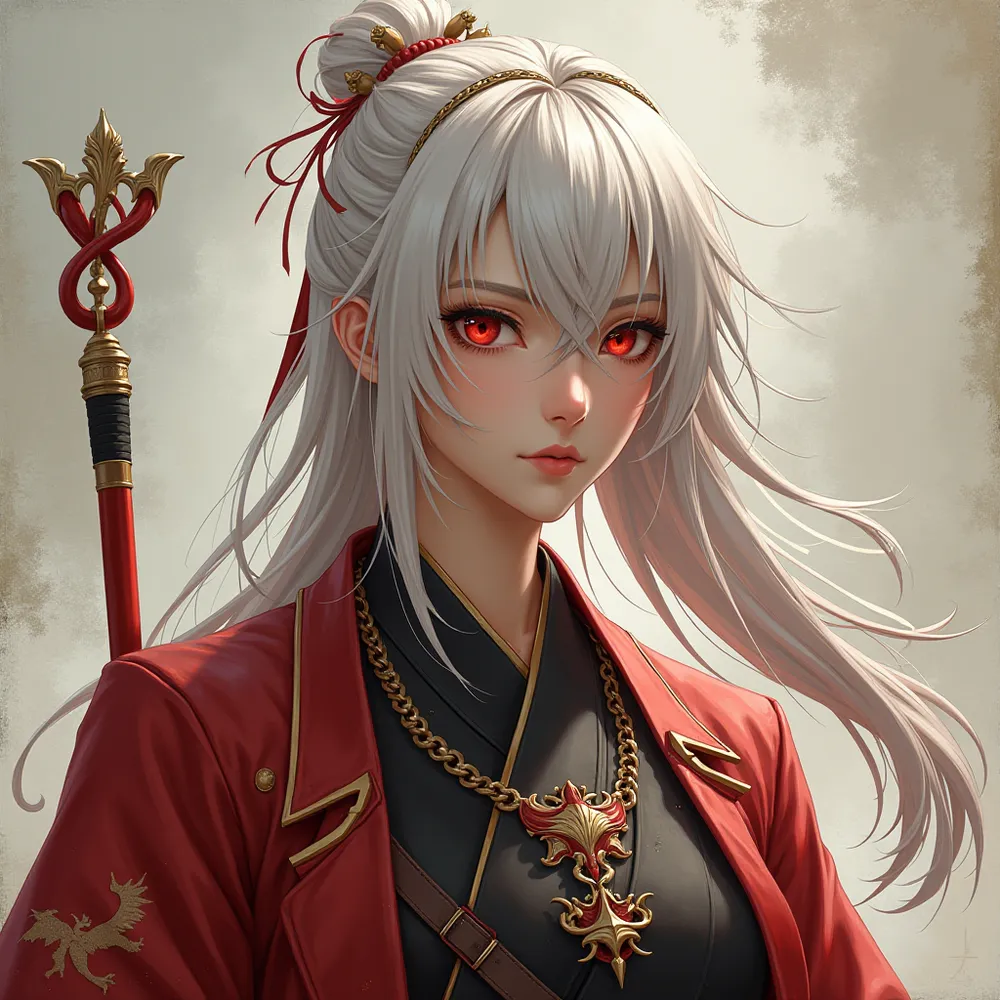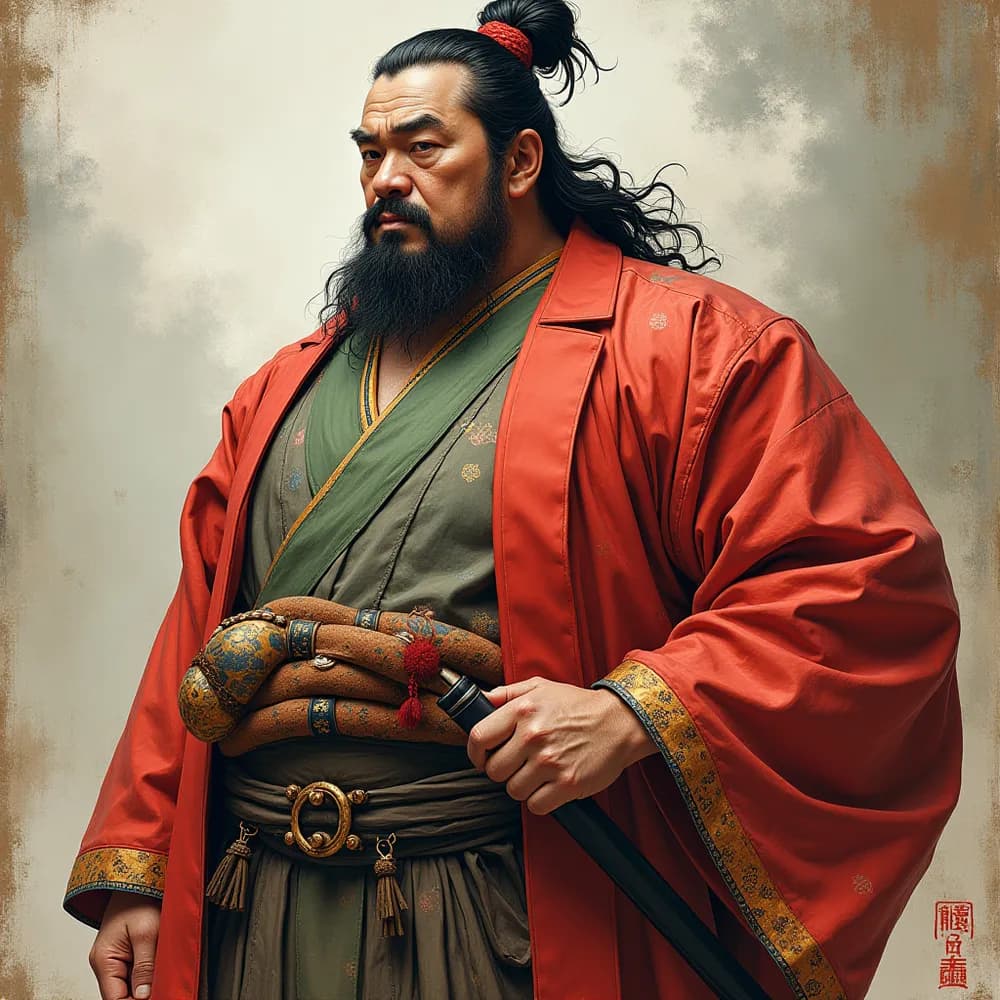British Museum's 2026 Samurai Exhibition: Challenging Myths and Revealing Truths
January 27, 2025
The British Museum's groundbreaking 2026 Samurai exhibition aims to challenge prevailing myths about Japan's warrior elite, featuring over 280 artifacts and highlighting the roles of women in samurai culture.

